Should I Be Spring Cleaning My Portfolio?
Chances are that you’ve heard of—or participated in—spring cleaning. It involves deep cleaning your house during the spring so that by the time summer rolls around, all of winter’s grime and gloom is scrubbed from your floorboards and windowsills. Whether or not you should spring clean your portfolio is a question to ponder as the weather warms and flowers bloom. How much of what you present to potential cli-ents is dated work? What best reflects your niche? How are your personality, work ethic, and, more importantly, turn-around time reflected in your portfolio? These are the questions that this article invites you to ask yourself, but don’t worry! You’re not in this alone because we’ve gathered some tips to keep in mind when wondering whether or not you need to spruce up your portfolio.
Update Your Education
The ‘Education’ section of your portfolios is something that is not often visited. After all, school and college are over, so why should they be updated? While you may have finished your formal education, you must keep refreshing your qualifications based on what niche you find yourself attracted to. For example, your primary profession may be that of a writer, and your English degree and CGPA are listed in your portfo-lio. However, you may love film and want to write reviews for a beloved publication. This might be the time to update your degree to show that you also took four film courses, two of which might have involved film theory. Not only does this present your educational qualifications more accurately, but it also increases your chances of getting the gig you want. Find a similar solution that works for you to enhance your portfolio. Of course, if you’ve taken online courses in a new field, you should men-tion them too. Another aspect that you shouldn’t skimp out on is languages. Being multilingual is a great asset; flaunt it!
Recheck Your LinkedIn
Though your portfolio is a curation of the work you present to clients, it’s also just your professional presence on the internet, including websites like LinkedIn and Up-Work. LinkedIn is one of those websites that most of us grudgingly go to. While plenty of people love updating their LinkedIn, it has become a chore for so many. Even though it’s boring, it sadly must be done. I remember my last job interview where a prospective boss—whom I had not shared my LinkedIn with—asked me a question based on something I had added years ago to my profile.
Whether you’re an illustrator, writer, designer, or TikToker, make sure to post a few of your new pieces as often as you can. LinkedIn, like any other social media plat-form, is designed to boost active profiles. So leaving your page dormant won’t help you at all.
Where Are You Hosting Your Portfolio?
Long gone are the days of walking into a building with a spiral-bound collection of your work. Everything has been digital for a while, and if your portfolio is hosted on a website that is cramped, cluttered, difficult to navigate, and aesthetically unpleas-ant, you might want to switch it up. There are so many options to choose from when it comes to website hosting, and the sheer volume of them may be enough for you to get overwhelmed and give up.
All you have to do is find a few spare hours, play around with a web designing site (I prefer Wix), and see what you can make. If you’ve been at it for a while, are frus-trated, and are nowhere near where you want to be, you can always find a web de-signer to create your portfolio for you. While it’s true that you don’t need to have a website as a portfolio, it only helps. It curates all your work in one place so that you’re not always shuffling around with PDFs that you attach to emails. It also lists all the contact information you want a potential employer to see, which is a bonus!
Diversify
In 2023, the phrase “jack of all trades, master of none” really doesn’t hold the mean-ing it used to. While niches are always convenient spots to place yourself in, reaching that stage requires a large and diverse body of work. For example, designers need to know how to be able to tweak their designs for merchandising and how to come up with content that is quick and fun enough for the Instagram algorithm. Similarly, writers need to know how to churn out long-form pieces while still being able to have the brevity and wit that platforms like Twitter require. Essentially, it would help if you experimented a lot, found what works for you, and in the process, amassed a body of work that you’re proud enough of to show to people.
Now that you know the basics of spring cleaning a portfolio, you can decide whether or not it’s something you’re interested in this year. If this article has only solidified your confidence in your existing format, great! If it’s inspired you to get cracking and wipe the dust off the edges of your digital footprint, even better! Remember that a portfolio is just your best work condensed into a format that is the most accessible. In this definition, all you have to do is stay true to yourself.
Always in your corner,
The Content Queens
